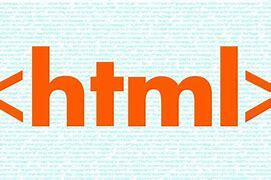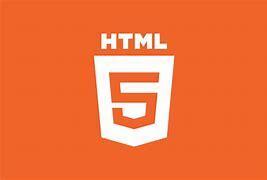Unknown Facts About HTML


Once upon a time, there was a lovely language called HTML, which was so simple that writing websites with it was very easy. So, everyone did, and the Web transformed from a linked collection of physics papers to what we know and love today.
Most pages didn’t conform to the simple rules of the language (because their authors were rightly concerned more with the message than the medium), so every browser had to be forgiving with bad code and do its best to work out what its author wanted to display.
In 1999, the W3C decided to discontinue work on HTML and move the world toward XHTML. This was all good, until a few people noticed that the work to upgrade the language to XHTML2 had very little to do with the real Web. Being XML, the spec required a browser to stop rendering if it encountered an error. And because the W3C was writing a new language that was better than simple old HTML, it deprecated elements such as <img> and <a>.
A group of developers at Opera and Mozilla disagreed with this approach and presented a paper to the W3C in 2004 arguing that, “We consider Web Applications to be an important area that has not been adequately served by existing technologies… There is a rising threat of single-vendor solutions addressing this problem before jointly-developed specifications.”
There are seven design principles:
- Backwards compatibility, and a clear migration path.
- Well-defined error handling, like CSS (i.e. ignore unknown stuff and move on), compared to XML’s “draconian” error handling.
- Users should not be exposed to authoring errors.
- Practical use: every feature that goes into the Web-applications specifications must be justified by a practical use case. The reverse is not necessarily true: every use case does not necessarily warrant a new feature.
- Scripting is here to stay (but should be avoided where more convenient declarative mark-up can be used).
- Avoid device-specific profiling.
- Make the process open. (The Web has benefited from being developed in the open. Mailing lists, archives and draft specifications should continuously be visible to the public.)
- Source Link (1) What are some interesting facts about HTML5? – Quora
- Article by:
- A.S.S Srudhei
- Viveknandha College Of Engineering For Women
- Namakkal

